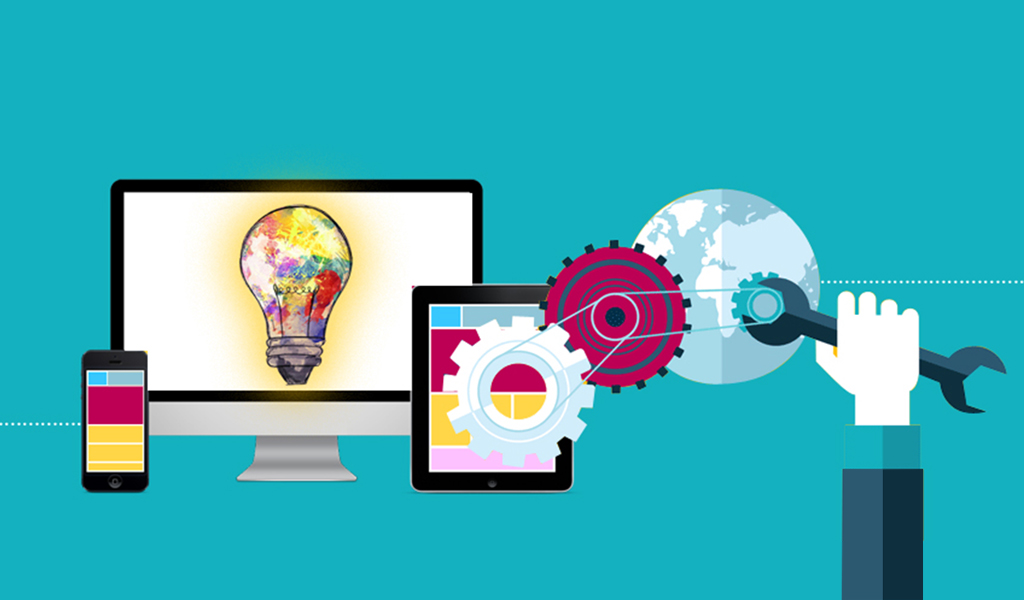Designing Digital Experiences Engage and Inspire to Communication Process
Designing digital experiences that engage and inspire is a crucial aspect of modern web and app development. In today’s fast-paced digital world, users are constantly bombarded with content and applications competing for their attention. Therefore, creating digital experiences that stand out requires a blend of creativity, user-centric design, and innovative technology. The foundation of any engaging digital experience is understanding the user. This begins with comprehensive research to grasp users’ needs, preferences, and behaviors. Techniques such as user interviews, surveys, and data analytics provide valuable insights into what users are looking for, allowing designers to tailor experiences that resonate on a personal level. By prioritizing user needs, designers can create interfaces that are intuitive and user-friendly, which enhances the overall experience and encourages prolonged interaction. Another essential element is visual design. Aesthetic appeal plays a significant role in capturing users’ attention and conveying a brand’s identity.

Effective use of color, typography, and imagery can create an emotional connection with users, making the digital experience more memorable. However, visual design must be balanced with functionality; a beautifully designed interface that is difficult to navigate will quickly lose its appeal. Therefore, design choices should always support usability, ensuring that the user can achieve their goals efficiently. Interactivity is another key component. Engaging agenzia di comunicazione digital experiences often involve interactive elements that encourage users to participate rather than passively consume content. Features such as interactive infographics, gamified elements, and dynamic content not only capture attention but also foster a deeper connection with the content. By making interactions enjoyable and rewarding, designers can increase user satisfaction and loyalty. Personalization enhances engagement by making experiences relevant to individual users. Leveraging data to offer personalized recommendations, content, or features can significantly improve user satisfaction.
Personalization helps users feel valued and understood, which can lead to higher levels of engagement and a stronger connection with the digital experience. Moreover, the integration of emerging technologies can elevate digital experiences. Technologies such as augmented reality AR, virtual reality VR, and artificial intelligence AI offer new ways to engage users and provide unique, immersive experiences. These technologies can transform how users interact with content, creating opportunities for more interactive and engaging experiences that go beyond traditional digital interfaces. In conclusion, designing digital experiences that engage and inspire involves a thoughtful approach that combines user understanding, visual design, interactivity, personalization, and technology. By focusing on these elements, designers can create digital experiences that not only capture users’ attention but also foster a meaningful connection, ultimately leading to a more engaging and inspiring interaction. The goal is to craft experiences that are not only functional but also resonate emotionally, leaving a lasting impression on users and encouraging them to return.



